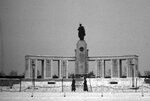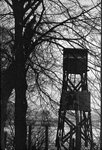Airframes
Benevolens Magister
I can fully understand that Grant.
I felt the same, when describing the visits I made to former airfield sites (mainly WW2 USAAF) in Norfolk and Suffolk recently, shown in my "The Travels of Tel's Tin Tent" thread. A good sense of satisfaction, being able to share the views and 'atmosphere' with the members here, particularly our American friends, who may have had relatives based on the places visited.
I felt the same, when describing the visits I made to former airfield sites (mainly WW2 USAAF) in Norfolk and Suffolk recently, shown in my "The Travels of Tel's Tin Tent" thread. A good sense of satisfaction, being able to share the views and 'atmosphere' with the members here, particularly our American friends, who may have had relatives based on the places visited.













